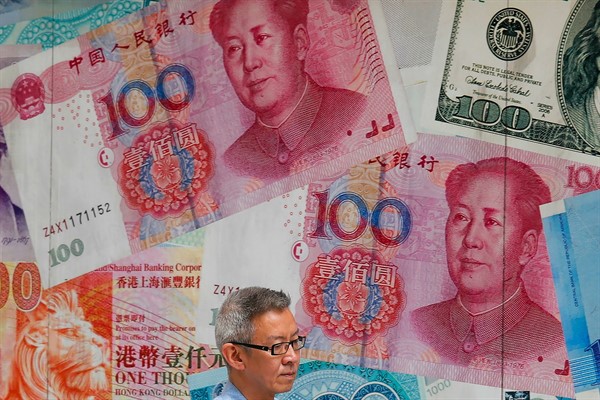Editor’s Note: Every Wednesday, WPR contributor Lavender Au and Newsletter and Engagement Editor Benjamin Wilhelm curate the week’s top news and expert analysis on China.
In a further round of sanctions last week, the U.S. blacklisted virtually all of Iran’s financial sector. Perhaps in anticipation, Iran’s central bank announced that it had adopted the yuan, also known as the renminbi, as its main foreign reserve currency, replacing the U.S. dollar. With a 25-year strategic partnership with China under discussion, Iran will have a guaranteed market for its oil and gas exports, and with renminbi reserves, it will be able to more easily circumvent SWIFT, the messaging service used by banks around the world for money transfers.
Iran is not the only country to fall foul of a weaponized dollar—Russia, Turkey and Venezuela are also within those ranks. Aggressive U.S. sanctions have given those countries, and traders who wish to do business with them, reasons to find alternative arrangements. In China, too, there is some unease about the dollar’s dominance. The vice chairman of the China Securities Regulatory Commission has said that as long as the country mainly relies on the dollar payment system, it is vulnerable to U.S. sanctions.

